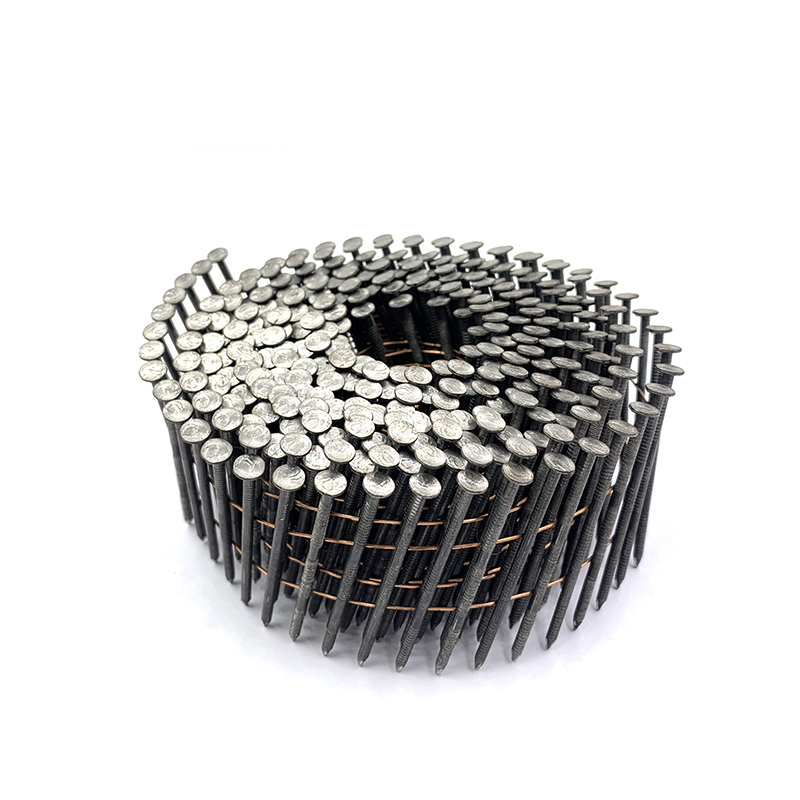Wire collated nail, also known as stick nails or pneumatic nails, can potentially be used for some upholstery applications, but there are some considerations:
Pros:
Speed and efficiency.
Wire collated nails can be quickly installed using a pneumatic nail gun, allowing fast attachment of upholstery materials like fabric, batting, cording, etc. This can save time vs. hand stapling or sewing.
Secure hold.
Wire nails provide a reasonably secure hold for most upholstery, especially if installed at close intervals. They penetrate deep into the substrate material.
Minimal surface damage.
Wire nails typically leave only a small nail hole in the surface, which may be less visible than staple imprints. The holes can often be filled and covered.

Cons/Considerations:
Risk of surface marring.
There is some risk of denting, scratching or marring the surface below the upholstery if too much force is used or the material is too hard/brittle. Extra care needs to be taken.
Difficult for tight areas.
It may be tricky to maneuver a nail gun in tight, awkward upholstery areas like curves, corners, and edges. Staples can be easier to apply in these spots.
Not good for all materials.
Wire nails may not work well for attaching very heavyweight or tightly-woven upholstery materials. Staples typically have better holding power in these cases.
Requires special tools.
A pneumatic nail gun and air compressor are required, which requires an equipment investment. Manual staple guns are more basic and inexpensive in comparison.